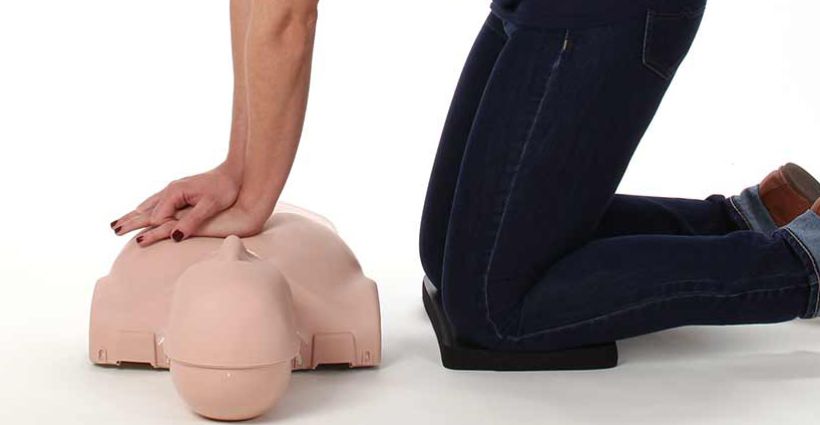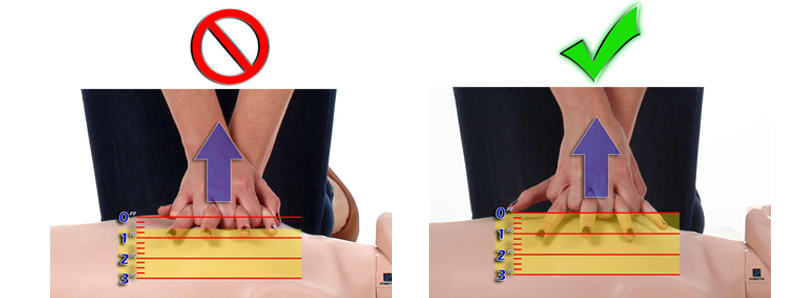9 CPR Training Errors

Back in the day, when I first started as a CPR training instructor, there was a great training video that was narrated by Roddy McDowall. There was a point in that CPR training video where Roddy talked about what NOT to do. He said something like, ‘…don’t be a bender, a rocker, a bouncer, a massager, or a double-crosser.’ In CPR training, that advice still holds true today. There are a lot of incorrect actions Instructors keep an eye (and ear) out for during CPR training. With a little help from Roddy’s original list, here are my 9 CPR training tips on what NOT to do:
DON’T BE A…
Bender
Keep those arms as straight as possible. Arm muscles tire a lot more quickly than your body weight. Keeping the arms straight helps body weight drive the compression down and maintain proper depth.

Bouncer
The rescuer’s hands need to stay in contact with the patient’s chest during compressions. Avoid being a bouncer by maintaining hand contact with the chest wall. Remember to avoid “leaning” on the victim.

Rocker
Rockers compress from the side of the victim. However, in the correct position, the rescuer’s shoulders are up over the patient. That position ensures compressions are going straight down and the heart is squeezed between the sternum and the spine.

Double-Crosser
Do not ‘criss-cross’ your hands. To maximize the force of compressions, the rescuer’s hands need to be straight over each other.

Massager
The force of compression is driven through the heel of the hand. Massagers point their fingers down, producing more of a massaging action and less compression. Another hand error we can see here is when rescuers bend the fingers of both hands. The fingers need to be interlaced or one hand on top of the other with fingers extended off the patient’s chest.

Leaner
Full recoil of the chest is as important as the depth and rate of chest compressions. Some rescuers will lean on the chest a bit between compressions, especially as fatigue takes hold. In the picture we see the manikin’s chest is not fully expanded between the compression. Leaning or keeping even a little bit of pressure on the chest between each compression will seriously reduce the effectiveness of CPR. The rescuer needs to take his or her full weight off the patient’s chest between each compression so the chest fully recoils.

Lousy Dancer
Stay on the beat! It’s at least 100 compressions per minute. Come on, everyone knows Stayin’ Alive. Keep in mind there is a sweet spot for CPR. Studies have shown that rates over 120 beats per minute do not give the heart time to passively refill between each compression. Use a metronome to stay between 100 and 120 compressions per minute. There are plenty of free digital metronomes that you can use in your course.

Lightweight
Most rescuers don’t compress hard enough. Without proper depth, compressions are not effective. Sometimes the best direction I give to improve compressions is to ‘press as hard as you can.’ Not everyone needs to hear that, but when you say it to the right person it can help him or her achieve at least 2 inches.

Chatty Cathy
A lot of people talk their way through the actions. They let you know every thought in their heads. However, they need to take the actions, not talk them. Instruct students to ‘do what you would do’ in a true emergency. Limit your prompts to the key actions you want the rescuer to perform. Use a stop watch and count out loud so students know how long they have to complete compressions and breaths.



